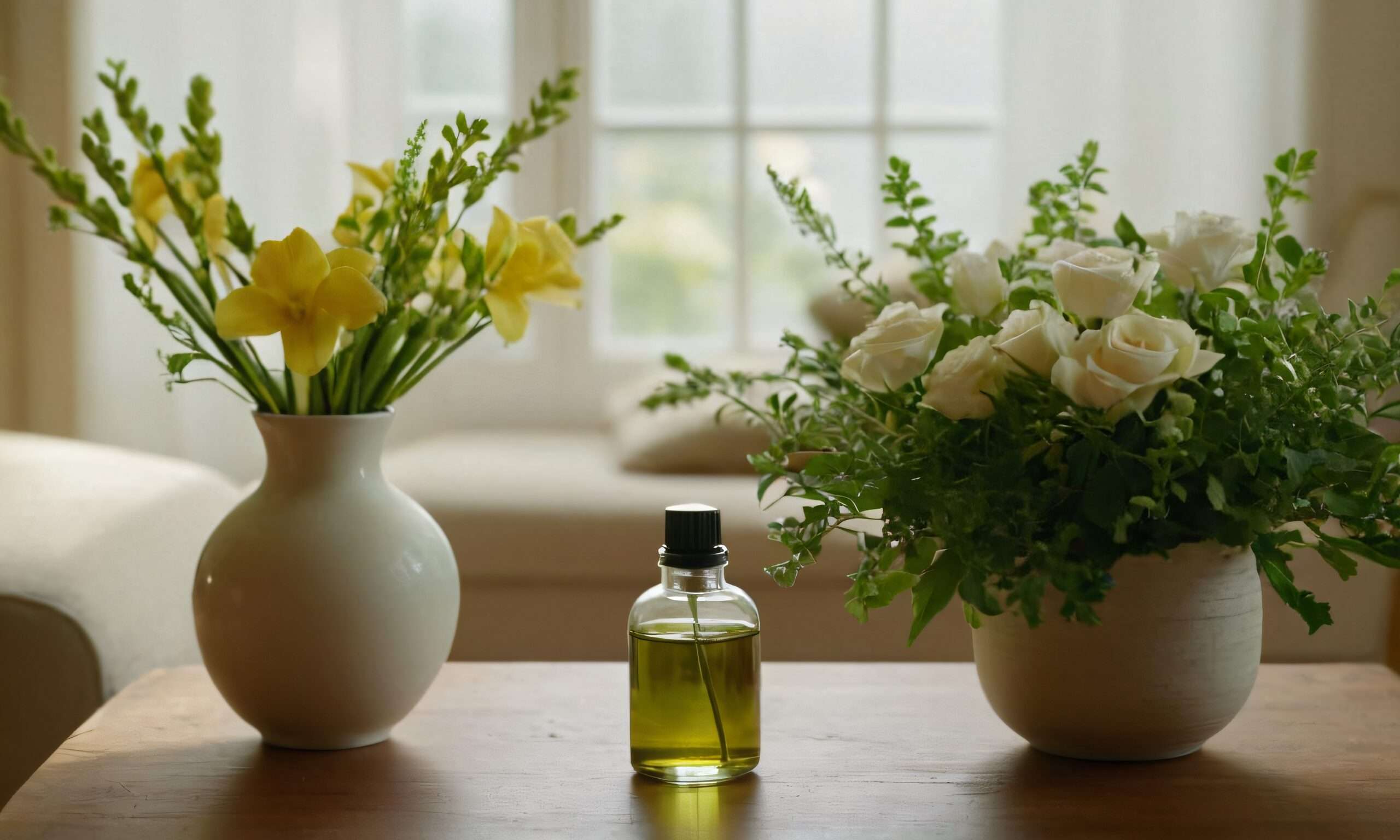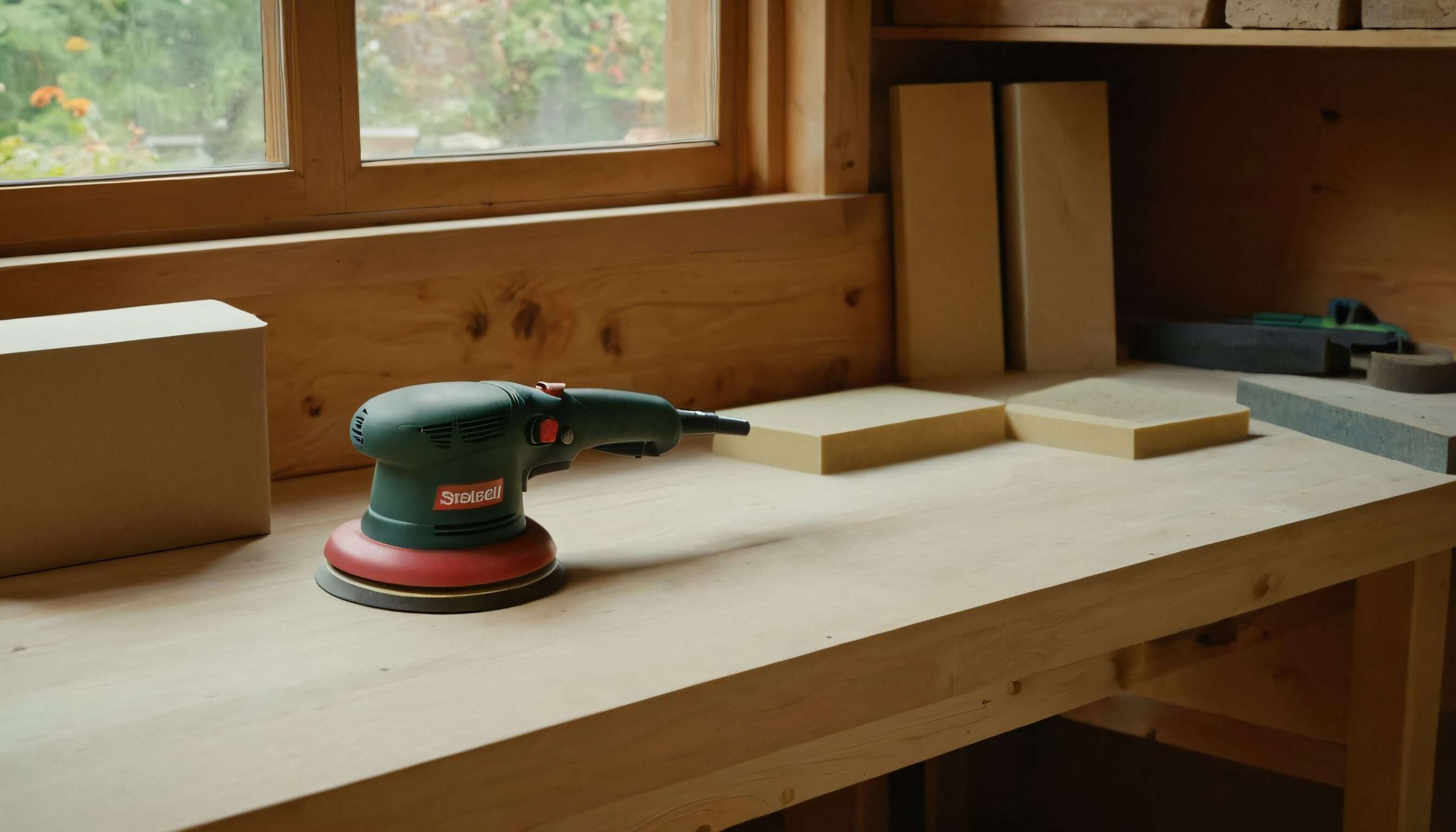
Imagine stepping out onto your balcony or small yard, and the impossible is thriving: a lush garden. With vertical gardening, this can be a reality from intense foliage to dramatic colorful blooms you literally can grow in even the tiniest of spaces. But beyond being creative in space, there are several additional advantages of this type of gardening that will change the way you interact with outdoors.
Below, we show how one does vertical gardening on a small-scale area and discovers the steps involved to optimize your space with a number of advantages of this newly invented method of gardening. From choosing the right structure to selecting the best plants, we will lead you step by step through all the processes.
- Benefits of Vertical Gardening

A. Maximizes Small Space
For many city dwellers, outdoor space is limited. Vertical gardening provides a great way to plant a garden without requiring a large footprint. Instead of spreading horizontally, vertical gardens grow upward, often making them great options for balconies, patios, and small yards. According to Dan Stuppiello, a divisional merchandise manager at The Home Depot, vertical gardening has become increasingly popular for this very reason
It replaces a blank wall with a green garden; just one stroke, and you will be having a fine green area creating hue and life around it. The beauty of vertical gardening lies not only in its use of space but also in it being an extraordinary centerpiece of your interior or outdoor space.
B. Better Plant Health
Growing plants vertically comes with its many unexpected advantages. By lifting plants above the ground, one shields them from soil borne diseases and pests. This is very true in the case of fruits and vegetables because they can grow well without living under persistent damage caused by insects or wildlife. Joe Oszust of The Davey Tree Expert Company insists that with vertical gardens, air circulations are better and sunlight exposure is more effective to lower fungus and mildew .
This helps in observing plant health more effortlessly: if some of them begin to wilt or turn color, one will be in a very good position to catch these problems before they escalate. The ease with which one can care for elevated gardens may translate into healthier, more prolific plants.
C. Accessibility
Vertical gardening is not only for advanced gardeners but also serves as an ideal solution for those who find ‘conventional’ gardening too physically demanding. Because vertical gardens don’t demand as much bending and stooping, they can be far more accessible to aging adults or people with mobility issues. It is this aspect of ease that makes the chores of gardening inviting to everyone, even for those for whom it could turn out to be too difficult, an absolutely enjoyable experience indeed.
Now, imagine only how great it would feel to be able to pick fresh herbs or vegetables from a vertical garden with no requirement to kneel or bend over at all. Ease of access like this will spur further frequency in harvesting and regular maintenance and care of the plants.
D. Water Conservation
Water management is an aspect that accompanies any garden, and with vertical gardening comes this advantage in its own unique way. With layers of plants, water easily trickles down through the plants to make sure each level gets enough moisture. This not only saves water but also results in healthy development in plants.
This can be complemented with the incorporation of a drip irrigation system that will enhance water efficiency by minimizing waste and ensuring that your plants receive just the right amount of moisture. This becomes useful, especially where there is great concern for water conservation.
- Choosing an Appropriate Area and Construction Type

A. Location to be Chosen
First of all, you will want to choose the right location when building your vertical garden. Most plants have to receive at least six hours of sun each day in order to grow and do well. Try finding an area that gets a lot of sunlight, is as close as possible to a water source, and very accessible to you in case maintenance is needed. Consider any microclimates that might be in your garden. If there are buildings or taller trees around you, parts of your garden may be in their shadow and unsuitable to accommodate plants that require sunny locations. Observation of how sunlight travels during the day can even be instrumental in helping you position your vertical garden.
B. Types of Vertical Structures
There are many types of structures you can use in order to make a vertical garden. These include:
Trellises: These are supportive frames or lattices on which climbing plants are attached and grow upwards. The trellises can either stand independently in position or be mounted against walls. Thus, they are versatile to accommodate various designs.
Fences and Walls: This style utilizes fences and existing walls by mounting planters or trellises to them. Not only does this save space, but it also invests your garden into the landscape as a whole.
Living Wall Planters: These are types of planters that one might mount on the wall and use in growing herbs, succulents, or small perennials. Most living wall systems are designed to make irrigation and drainage possible with ease for the easiest maintenance.
DIY Options: You do not have to spend a fortune on expensive structures. Common items, such as pallets or used shoe organizers, can easily be made into cute vertical gardens. For instance, place weed-blocking fabric in the open spaces of a palette and fill it with potting soil .
C. Structure Considerations
When selecting a structure, take into consideration mature weight of plants and how the structure will fit within an overall garden design. Materials should be durable enough to support these structures through a variety of weather conditions, especially if you live in an area with harsh winters or excessive moisture.
Make sure that the structure is stable enough to bear the weight of the plants and the soil if this is a freestanding structure. You can also nail it securely or lean it on a wall for added support.
- Plants Selection for Vertical Gardens

A. Ideal Edible Plants for Vertical Gardening
If your purpose is to have a vegetable garden, here are some great options:
Tomatoes: These are one of those vegetables that really cherish trellises; just think about planting grape and cherry tomatoes for a great harvest. For small areas, it is advisable to make use of determinate varieties that possess a compact growth habit.
Green Beans and Peas: The growth habits of these vegetables are climbers; they maximize your space and do continuous production in the growing season of the plant. This may include training them upward on trellises or mesh for easy access and adaptation to space.
Cucumbers and Peppers: These can be easily trained upwards, which will improve the air circulation and reduce disease risks accordingly. Varieties of cucumber that are much smaller in size, such as ‘Pickle Bush’, should be opted for vertical gardening.
B. Plants for Ornamental Purpose
If you want to add some color to your garden, here are some ornamental plants you can plant:
Clematis: These are flowering vines that feel their best in cooler weather conditions; they can be trained to climb. Plant a mixture of early, mid-season, and late varieties to extend the flowering season.
Climbing Hydrangea: It clings to walls, providing rich foliage and a delight of flowers. It prefers a shaded location, hence ideal for a partially sunny location.
Wisteria: Allowed to grow on top of a large trellis or pergola with their extraordinary flower display cascading, the wisteria can even form a canopy.
Be very aware the wisteria is an aggressive vine and will need seasonal pruning to keep them at bay.
C. Planting by Season
They also thrive well in year-round gardens. You can plant a mix of seasonal flowers and edibles for year-round interest and production. Companions can be placed to enhance growth potential and yield in your vertical space, creating in turn a real ecosystem that was presented in.
For example, tomatoes and basil together enhance flavors but can also act as natural pest repellents. This practice also fosters biodiversity and encourages a healthier growing environment.
- Creating Your Vertical Garden

A. Prepare the Structure
Now that you have selected your structure, it is time to prepare it for planting. For using trellises or wall-mounted planters, first ensure they are installed properly. Fill containers with a good quality potting mix for good drainage and nutrients.
When one is to prepare the soil, there is always the option to add organic matter in the form of compost or worm castings into the growing medium to further enrich it. This will improve soil structure, enhance nutrient availability, and promote healthy root development.
B. Planting Techniques
Plant the plants with some space between each plant, allowing them to grow properly and not overcrowd one another. Plant them with your mind set on how you will support their climb with stakes for support or a trellis that plants can weave through carefully.
Plant taller varieties at the back or top of the vertical garden, while the shorter ones should be in the front or bottom. The layering technique not only maximizes space but also ensures that all plants get sufficient sunlight.
C. Creative Design Ideas
Also, do not be afraid to get creative with your vertical garden. Colors and textures can be mixed together for an eye-catching display. For added aesthetic appeal, you may want to add decorative elements like lights or garden ornaments to your wall.
You can also have theme gardens on the wall, such as a herb wall, a succulent display, or a flower tapestry. Infusing your personal touch into your vertical garden makes it not only reflect your style but also an area unique to its own.
- Maintenance and Care

A. Watering and Fertilization
As vertical gardens have a tendency to dry out so fast, it is important to make sure that they get enough water. Watering at the base of the plants instead of their leaves will prevent fungal problems. One can install a drip irrigation system in order to keep moisture and conserve water at the same time.
Fertilization is equally crucial to healthy plant development. During the growing season, apply a balanced organic fertilizer for the required nourishment. Regular feeding encourages healthy growth and lavish blooms.
B. Pests and Diseases Control
Regular monitoring for both pests and diseases is paramount toward sustaining a healthy vertical garden. Employ organic pest control methods and closely observe your plants for any signs of stress or other problems .
Besides this, it promotes the utilization of useful insects such as ladybugs and lacewings, which prey on the infestation of unwanted pests. Other herbs, including marigold and nasturtium, when grown with vegetables, keep injurious insects away and thereby create a nature balance in your vertical garden.
C. Pruning and Harvesting Techniques
There are some activities that are more painless and effortless when it comes to pruning and harvesting with vertical gardens. Check your plants regularly; all you need to do is to remove the dead leaves or fruits. This will help stimulate more growth and make your garden look neater continuously.
When it comes to harvesting, one must be very careful not to bruise the plant in whatever way. Make sure all your tools are clean and sharp to avoid infection. Keep on reaping your vegetables and fruits for the plant to keep producing more and having a plentiful yield.
- Troubleshooting Common Issues

A. Plant Stress and Diseases
Even the most accomplished gardener develops problems. If there are any signs of stress – wilting, discoloration – in your plants, take stock of whether they have adequate water and nutrients. Proper spacing and good air circulation can head off disease problems altogether.
Should disease problems appear, immediately remove infected plants or leaves before the problem spreads. Research and use organic treatments as necessary for control of the more common fungal problems, such as neem oil or baking soda solutions.
B. Controlling Overgrowth and Competition
As plants grow they begin to compete for resources. Monitor your space on a regular basis for overcrowding. Remove any plants not looking as healthy, so that the healthier ones can continue to thrive.
It would be easier to avoid overgrowth through a regular maintenance schedule. Monitor the garden once a week, adjusting care routines if necessary, so that each plant will get the attention it needs.
C. Adjusting Care Based on Seasonal Changes
The change of season calls for different ways of caring. This calls for changing your routine of watering and fertilization with the needs of your plants at varying times of the year.
In hotter months of the year, you would water your plants more often while in cooler months, you could cut down on the amount of water and fertilizer. Listen to weather forecasts and modify care according to the weather.
- Conclusion

It feels great to raise a vertical garden in the small area because life and beauty shall be witnessed around the environment. This type of gardening maximizes the small space and makes many advantages available to the plants and other individuals concerned with gardening.
You can make your vertical garden speak about your personality and achieve the goal by being selective about the place, structure, and plants involved in your garden. In addition to beautifying the living space outdoors, a vertical garden ties you with nature, which is important for mental health and relaxing.
So why wait? Get up and start with your vertical gardening today to turn that nook into a green haven!
- Additional Resources
Articles:
Vertical Gardening Ideas (LawnStarter)
Explore unique vertical gardening ideas, including pallet planters, and learn how to maximize small spaces.Vertical Gardening for Small Spaces (WholeMade Homestead)
A beginner-friendly guide on how to grow food or plants in small spaces using vertical gardening techniques.Vertical Gardening on a Budget (Roots and Refuge)
Get tips on how to start a vertical garden without breaking the bank, ideal for budget-conscious gardeners.Vertical Vegetable Garden Design Ideas (Food Gardening Network)
Detailed ideas for creating efficient and beautiful vertical vegetable gardens in small spaces.Vertical Gardening for Small Spaces (Mostardi Nursery)
Discover more ways to design vertical gardens in limited spaces, with practical solutions and tips.
Reddit: Gardening Subreddit
Join discussions, seek advice, and share your vertical gardening projects with a broad community of gardening enthusiasts.Garden.org
A large online community where you can ask questions, share experiences, and find resources related to gardening, including vertical gardening.
- FAQs
Yes! Many vegetables, including tomatoes, cucumbers, and green beans, thrive in vertical gardens. Just ensure they have proper support as they grow.
Most plants need at least six or more hours of direct sunlight per day. Choose a spot that receives this much sun for optimal growth.
Yes! Vertical gardens can thrive indoors using wall-mounted planters or free-standing systems. Ensure they get enough natural light or supplement with grow lights.
Any container that provides good drainage and can bear the load is suitable. Common options include pots, hanging baskets, and wall-mounted planters.
Water regularly, fertilize, and check for pests. Pruning and harvesting will promote healthy growth and maintain the overall health of your garden.






